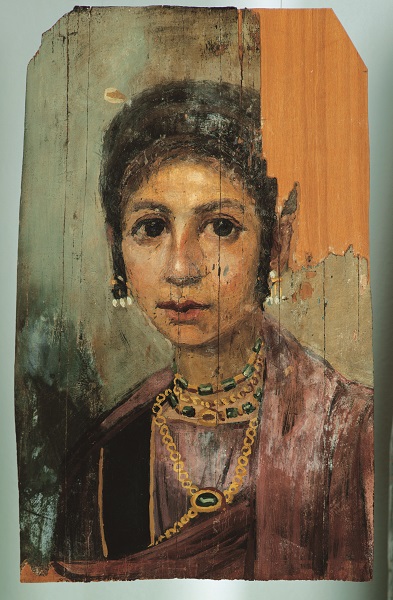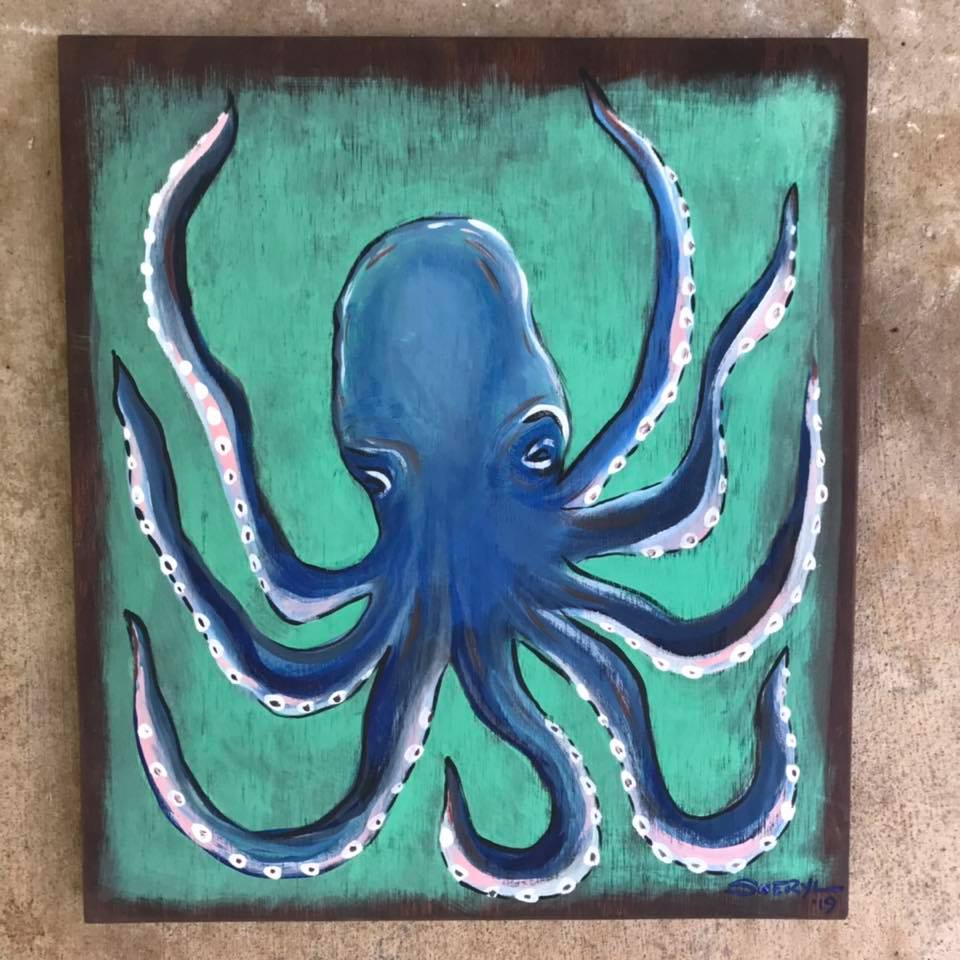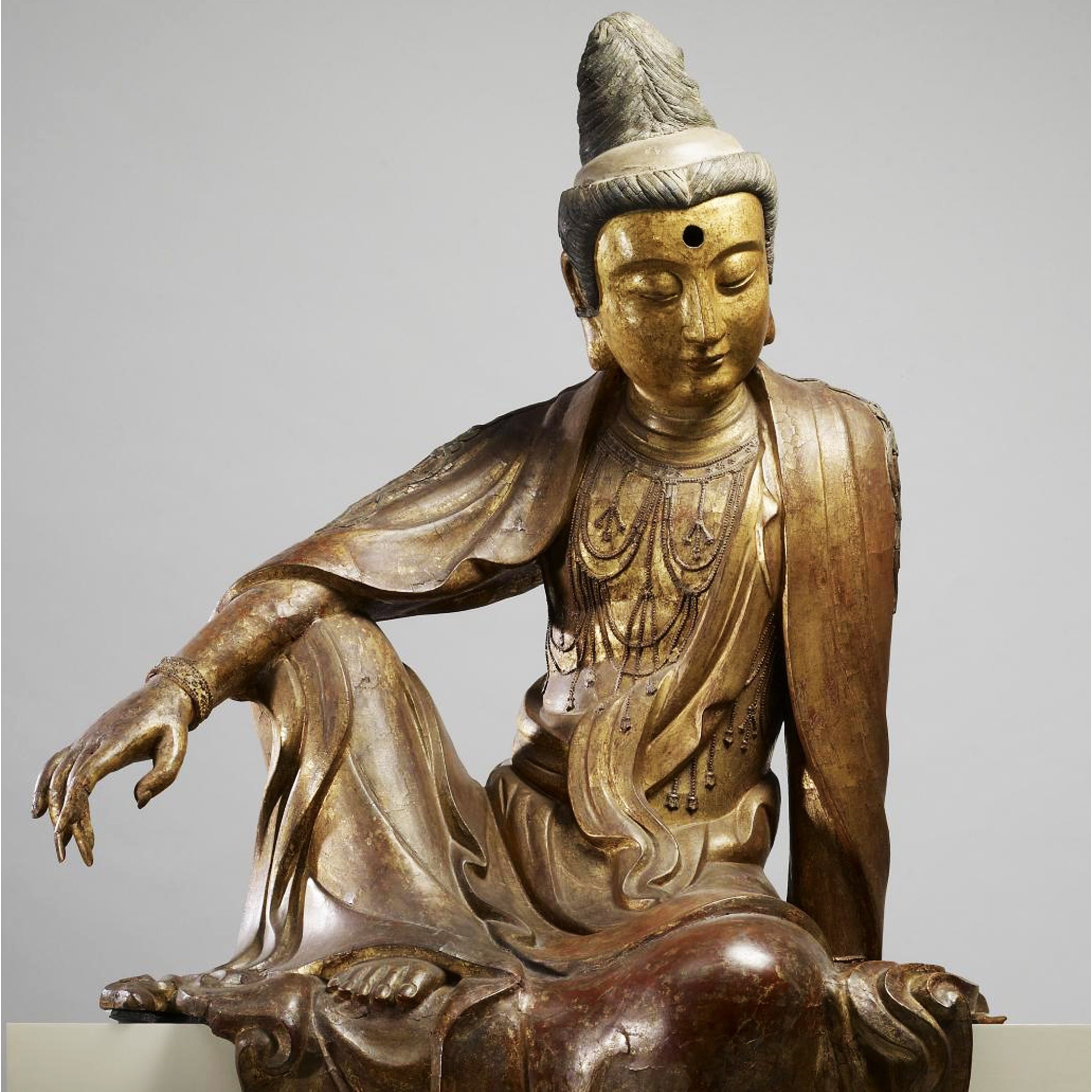Art Matters Lecture
In the Roman period the tendency to individualize or “personalize” the Egyptian mummy (or its case), which had to some extent always existed in Pharaonic culture, became much more pronounced. The process culminated in the creation of the “portrait mummy”, or “portrait shroud” which carried a vividly painted representation of the deceased, and showed him or her in contemporary clothing. What were the aims or goals of this “personalization” of the mummy? In this lecture a number of different interpretations of the Roman portrait mummy will be considered, with the aim of arriving at a fuller and more nuanced understanding of the evidence.
Image: "Portrait of a girl with a large hairpin," ca. 100 AD (detail). Encaustic on wood. Trier, Städtisches Museum, Simeonstift, inv. III 640.











